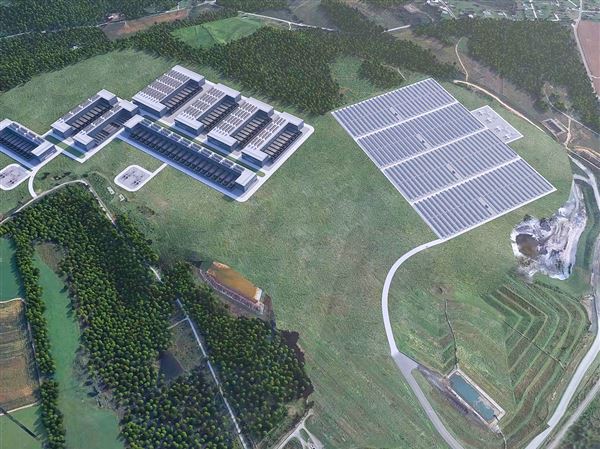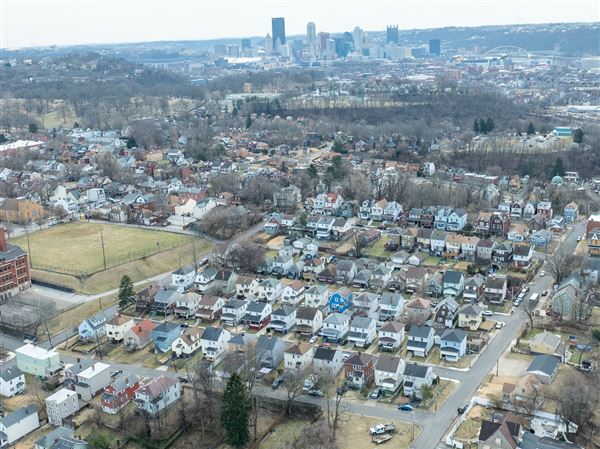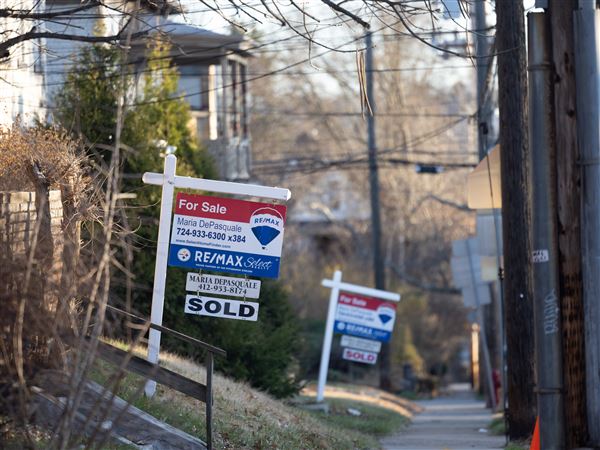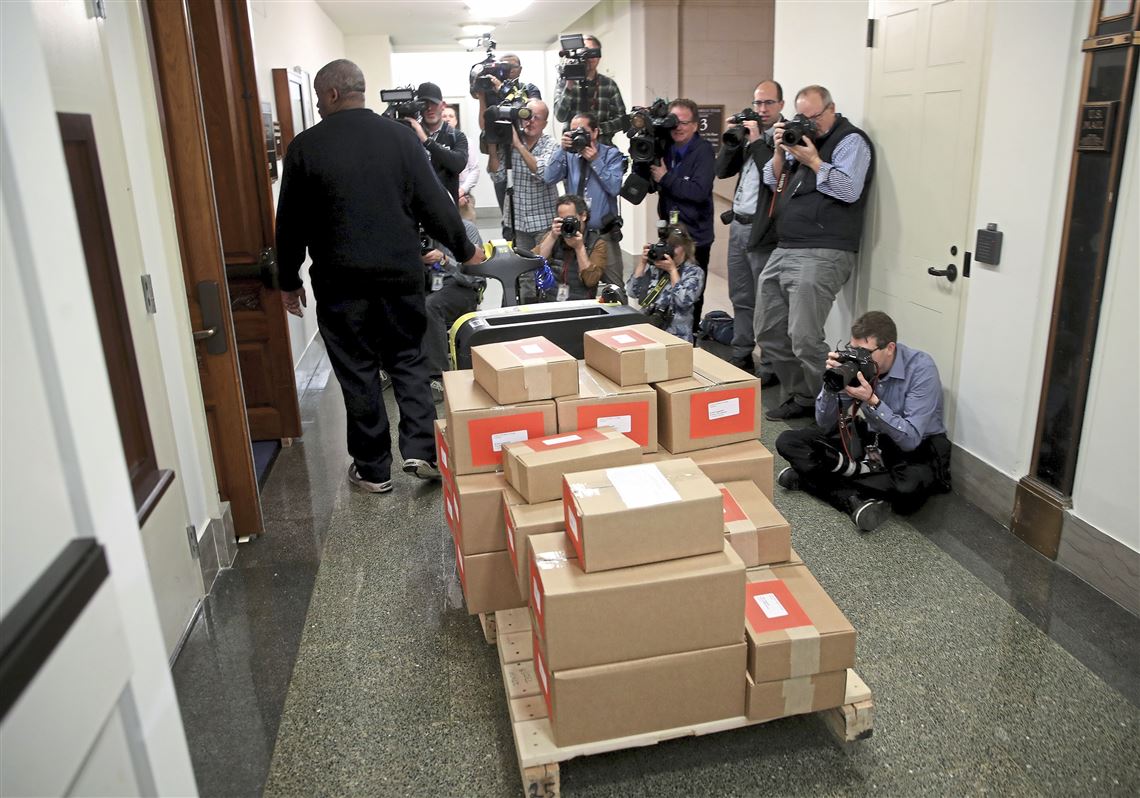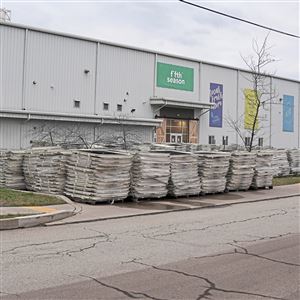Budgets are the ways executives set priorities and express values. President Donald Trump has expressed his values in the proposed budget he has released: He wants a strong military and he admires first responders; he wants to build The Wall and he says he wants to rebuild the nation’s infrastructure.
Infrastructure investment is ripe for bipartisan support. Everyone knows that the country’s roads, highways, bridges, railroads, airports and public buildings need to be rebuilt. The politicians have been talking about it since Bill Clinton ran for president, promising such a program, in 1992. President Barack Obama made a half-hearted attempt at rebuilding infrastructure in his first term, and a lot of money was wasted in the stimulus program. This time, let’s make sure real stuff gets done.
Given the lack of flexibility and transparency of the federal government, it is a decent idea for the states and localities to carry the ball. What is not a good idea is for dollars for infrastructure rebuilding to be gained chiefly by the “leveraging” efforts of communities, and even businesses.
In this case, a better term would be “matching.” The plan is to grow $200 billion in federal investment into $1.5 trillion by adding to money put up by local government or private entities. The New York Times describes how that will work: “The ability to find funding sources outside the federal government will be the most important yardstick, accounting for 70 percent of the formula for choosing infrastructure projects.”
Thus the projects the government chooses to help fund will be the ones where there is already some funding. If the city or corporation comes up with a project and money for it, the feds will take a look.
What does this really mean? Those who already have will get more — and those most in need will get little, or nothing.
Some municipalities in Allegheny County, such as Sewickley and Fox Chapel, could raise money — if necessary, by borrowing — to leverage federal funds for road, bridge or other building projects. But Clairton and Duquesne would have a much more difficult time doing that. It would be unfair for the former to benefit from the infrastructure programs while the latter, which need a boost in so many ways, go without.
With a robust economy and accomplished economic development agencies, Allegheny County could raise capital to leverage federal dollars, too. But smaller counties and poorer counties would be at a disadvantage. This would amount to a betrayal of hometown America, of the rural and beaten-down communities that voted by wide margins for Mr. Trump because they wanted his help making a turnaround.
This is ironic. The back roads of Pennsylvania, Ohio, Kentucky and Indiana were thick with Trump-Pence yard signs in 2016. The president needs to remember who voted for him.
Imagine Franklin Roosevelt saying in 1933 and 1936, “We will create the Tennessee Valley, and a Rural Electrification Program, but only if the poor people of Tennessee can leverage it.” They never could have done so.
The GOP loves this leveraging concept. But leveraged infrastructure rebuilding will never reach America’s poorest communities. The citizens of those communities, the ones who are hurting and have long been hurting — indeed they have been abandoned for a generation — came out for Donald Trump in 2016. They gave him his electoral edge, and made him the president. That should be leverage enough for them.
First Published: February 14, 2018, 5:00 a.m.
